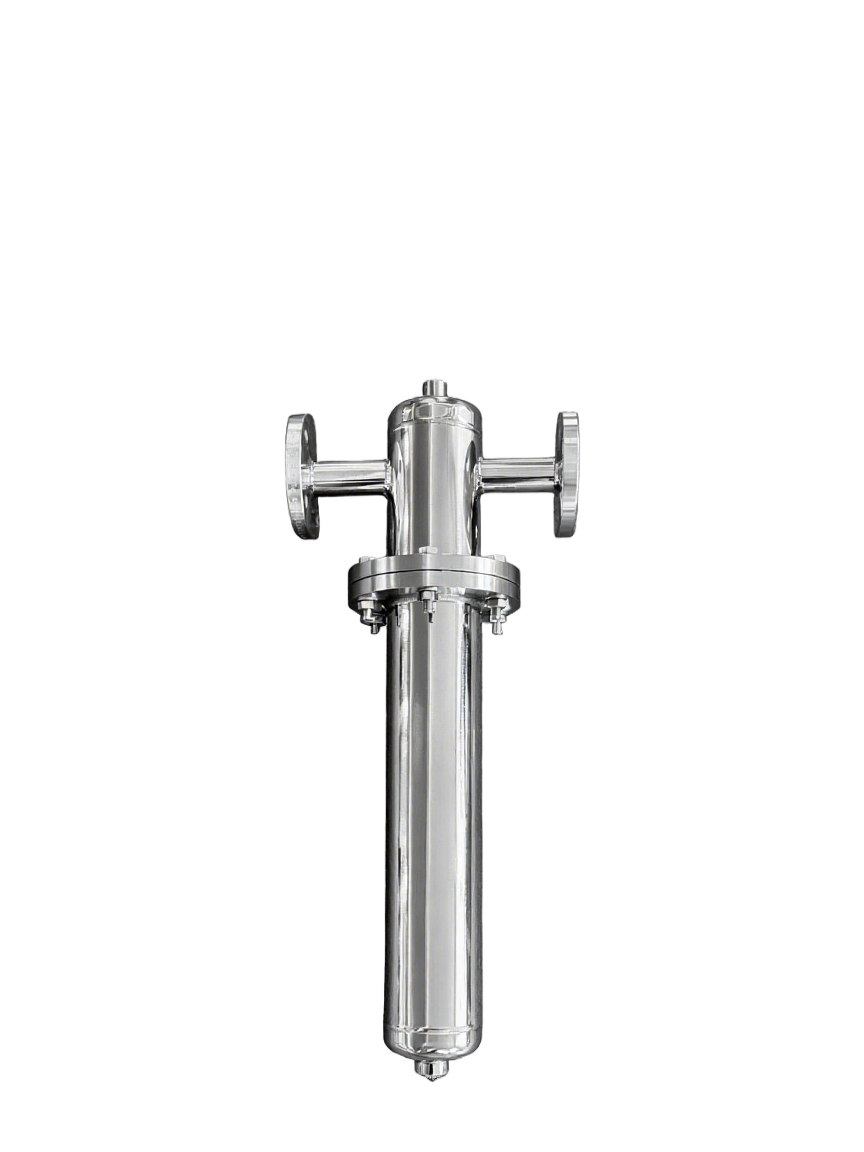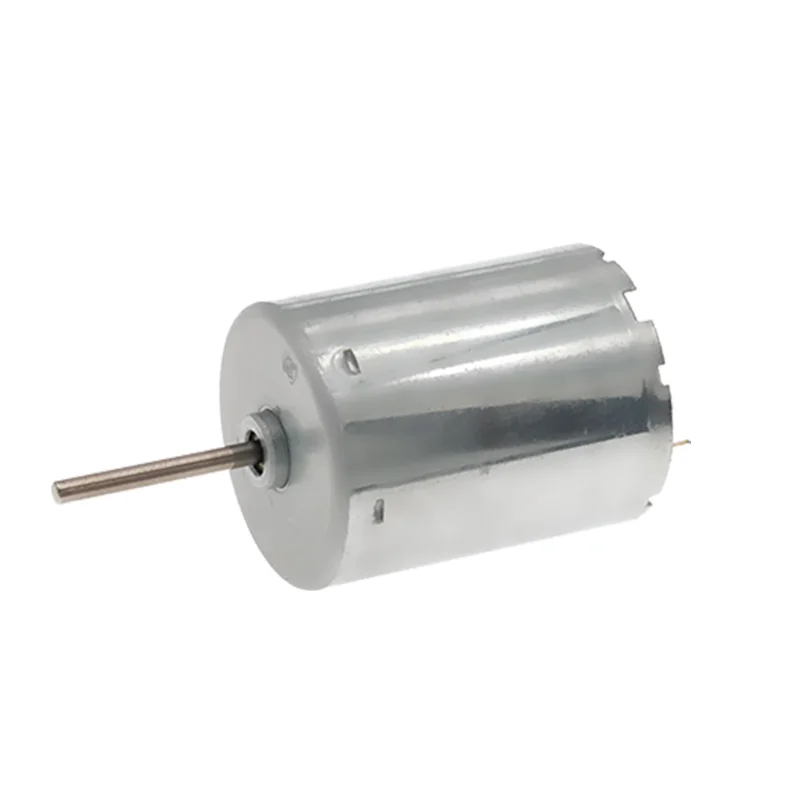Circular Saw vs. Table Saw: Choosing the Right Tool for Your Woodworking Needs
When it comes to woodworking, selecting the right tools can significantly impact the quality of your projects and your overall efficiency. Among the most commonly debated tools in the woodworking community are the circular saw and the table saw. Both have their unique advantages and disadvantages, making the choice between them a critical decision for both amateur and professional woodworkers. In this article, we will delve into the specifics of each tool, comparing their features, applications, and overall effectiveness to help you determine which is better suited for your needs.
Understanding the Basics
Circular Saw: An Overview
A circular saw is a portable power tool that utilizes a toothed or abrasive disc or blade to cut through various materials, primarily wood. Its design allows for versatility, enabling users to make straight cuts, bevel cuts, and even plunge cuts. Circular saws are typically lightweight, making them ideal for on-site jobs or projects that require mobility.
Table Saw: An Overview
Conversely, a table saw is a stationary power tool that features a circular blade mounted beneath a flat table surface. This design allows for precise and controlled cuts, making it a staple in many woodworking shops. Table saws are particularly effective for making rip cuts, crosscuts, and dado cuts, offering a high degree of accuracy and repeatability.
Key Comparisons
- Portability and Space Requirements
One of the most significant differences between a circular saw and a table saw is portability. Circular saws are compact and lightweight, allowing for easy transport to job sites or around the workshop. This makes them an excellent choice for contractors or DIY enthusiasts who need to move their tools frequently.
In contrast, table saws are larger and require a dedicated workspace. They are not designed for mobility, which can be a drawback for those with limited shop space or who need to work in various locations. If your projects often involve moving from one site to another, a circular saw may be the better option.
- Cutting Precision and Versatility
When it comes to precision, table saws generally have the upper hand. The fixed nature of a table saw allows for more controlled cuts, especially for repetitive tasks. The use of fences and miter gauges enhances accuracy, making table saws ideal for projects that demand high precision, such as cabinetry or furniture making.
However, circular saws are not without their merits. With the right technique and accessories, such as guide rails, circular saws can produce remarkably straight cuts. They are also more versatile, capable of handling a wider variety of materials beyond wood, including metal and plastic, depending on the blade used.
- Safety Considerations
Safety is paramount in any woodworking environment. Table saws, while precise, can pose significant risks if not used correctly. The exposed blade and the potential for kickback require users to be vigilant and adhere to safety protocols. Many modern table saws come equipped with safety features, such as blade guards and flesh detection technology, which can mitigate these risks.
Circular saws, while portable, also present safety challenges. The nature of the tool requires users to maintain a firm grip and proper stance to avoid accidents. Additionally, the risk of kickback exists, particularly when cutting thicker materials. Proper training and the use of personal protective equipment (PPE) are essential when operating either tool.
- Cost and Investment
In terms of cost, circular saws are generally more affordable than table saws. For beginners or hobbyists, investing in a high-quality circular saw can provide excellent value without breaking the bank. On the other hand, table saws can represent a significant investment, especially for high-end models with advanced features.
When considering your budget, it’s essential to evaluate not only the initial cost but also the long-term value. A table saw may offer greater durability and precision, potentially justifying the higher price for serious woodworkers.
Conclusion: Which Tool is Better?
Ultimately, the decision between a circular saw and a table saw hinges on your specific needs and the types of projects you undertake. If you prioritize portability, versatility, and affordability, a circular saw may be the better choice. However, if precision, repeatability, and the ability to handle larger projects are your primary concerns, investing in a table saw could be more beneficial.



